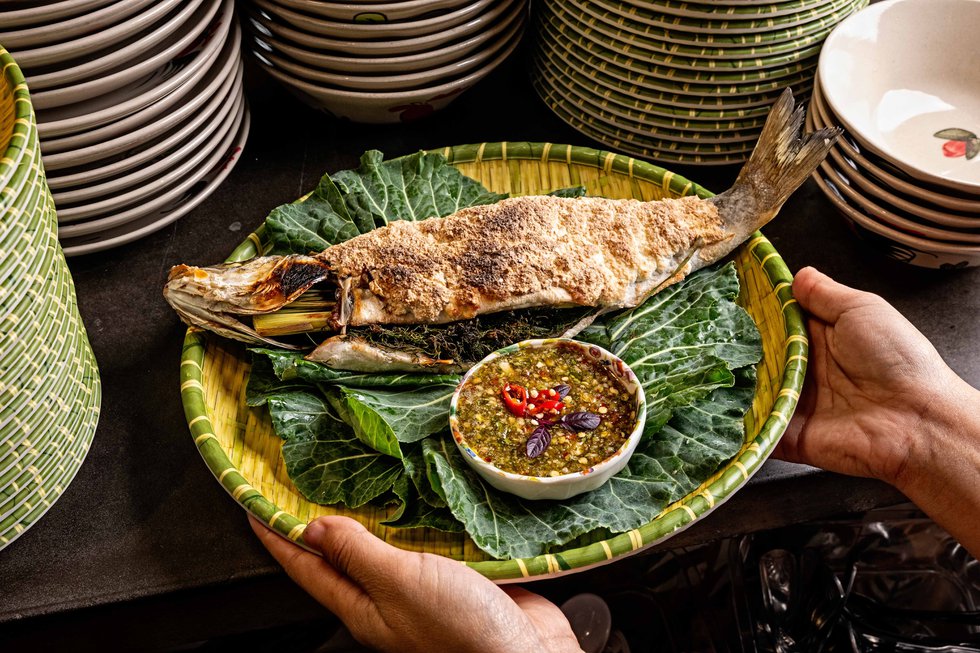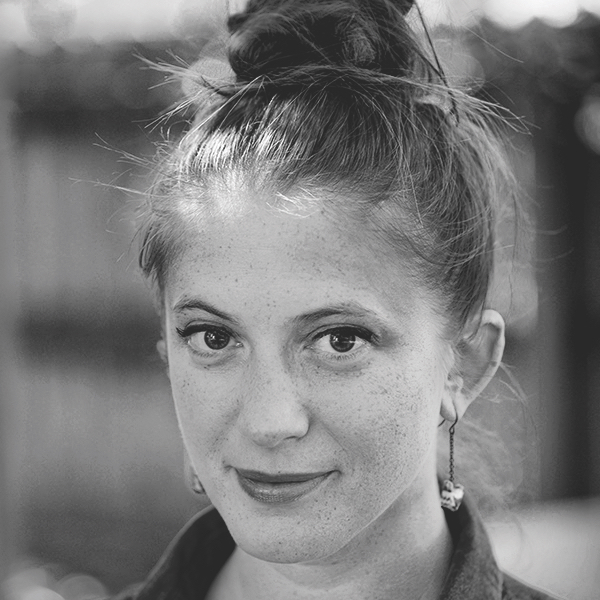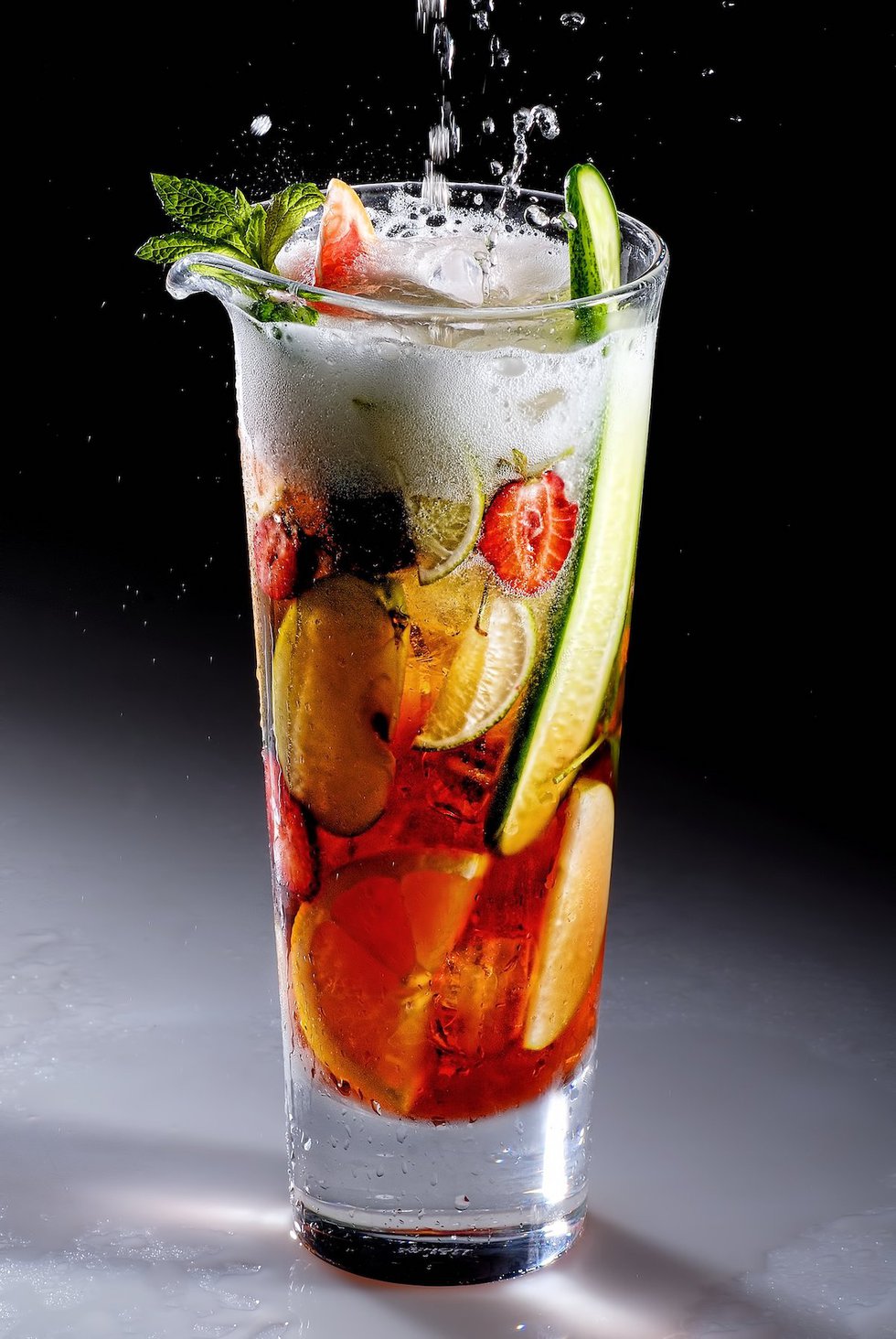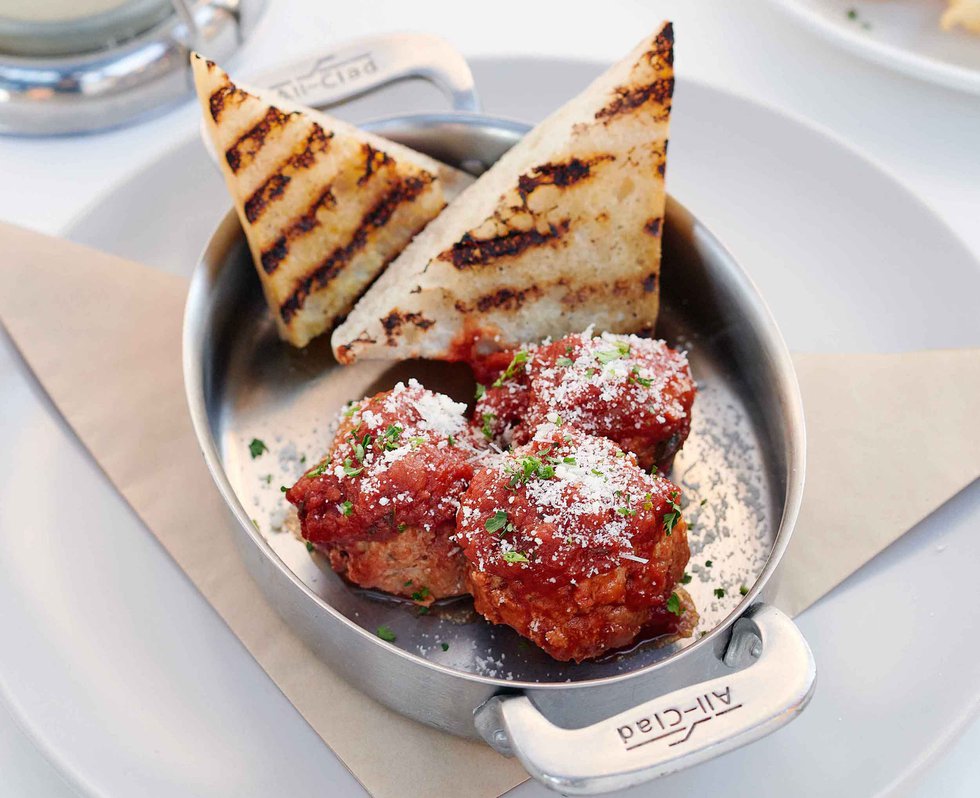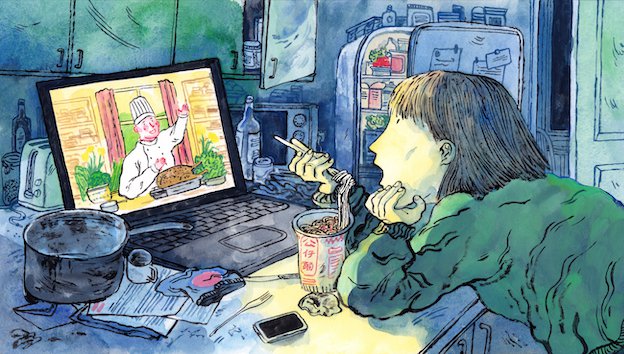Chef Seng Luangrath perfectly captures Laotian cuisine at Padaek.
Luangrath fled Laos with her family due to fallout from the Vietnam War, making a two-year stop in a Thai refugee camp before landing in the Bay Area in 1983. After marrying her husband, Boun, the couple moved to Alexandria, where they worked together at Boun’s construction business. But soon Luangrath realized she felt unfulfilled, and her husband encouraged her to find a career that better suited her talents. That’s about the time a restaurateur approached Luangrath, who had amassed a small following for her Lao and Thai catering, with an offer to take over his restaurant, Bangkok Golden Thai.
That move put Luangrath on a path to become a nationally-celebrated chef. She founded the Lao Food Movement, which encourages Lao immigrants to celebrate their culture and cuisine and inspires would-be restaurateurs to open Lao restaurants. Which is exactly what she’s done. Padaek, now with two NoVa locations, is named for Luangrath’s favorite condiment, a bold, unfiltered fish sauce that makes its way into many classic Lao dishes.
“I chose that name because a lot of Lao people, like myself back in the day, were so shy to talk about it,” Luangrath explains. “It kind of gave me that courage to cook Lao food. It’s kind of like showing the Lao people that we don’t need to be shy about our food anymore.”

lao
At Paedek’s new location in Arlington, Chef de Cuisine Nyi Nyi Myint, from Myanmar, is in the kitchen, and the menu is anything but shy. It’s a vibrant, fiery love letter to the food and memories of Luangrath’s childhood, starting with the 150-seat space itself, bedecked with touches of bamboo and rattan, and custom art pieces from Gia Salvi, whose vibrant art provides a “warm and spicy welcome to the true side of Laos,” the artist says. “It’s brought me back to the memories of the garden, the fish in the ponds,” says Luangrath. “It’s a lifestyle. We grow our own vegetables, our own fish. So you see the fish on the walls and the greens because, in the backyard we’ll have a coconut tree, a banana tree. We live with nature.”
The setting establishes guests on their journey around Laos and Thailand through Padaek’s menu. Starters are a carousel of crispy, spicy, sticky, and funky, with standouts like Sai Oua, a succulent pork sausage served with sticky rice, which is used as a utensil for scooping up bites of the herb-infused sausage, and Peek Gai, a mountain of shatteringly crispy chicken wings tossed in a sticky-sweet tamarind glaze and a flurry of scallions.
Among the salad selections, you’ll find two distinct versions of green papaya salad. One is Lao while the other is Thai. Here you can begin to grasp the differences between the two cuisines. Tum Lao is an assertive, all explosive heat and fish sauce funk, and Tum Thai plays up the juxtaposition of sweet and spicy, thanks to palm sugar and fiery bird’s eye chili.
Luangrath says one of her favorite dishes on the menu is collard green Mieng—wraps that the diner constructs for themselves. Traditionally, Mieng uses betel leaves, which are nearly impossible to find. Cabbage is a common stand-in, but collard greens are Luangrath’s personal innovation:
“I just happened to go to the market and, and I wanted to eat Mieng, but I didn’t want cabbage, and I wanted to find some green that
I can eat it with. So I tried collard greens and, and I fell in love with it. I liked the flavor, the bitterness, and the chewy texture.” While novel to folks familiar with Mieng, the collard greens and crispy catfish, another ingredient Lao food shares with Virginia, feel right at home on the menu, and it’s now one of Padaek’s most popular dishes.
Thai and Lao cuisine share an affinity for curries, and you’ll find stellar versions at Padaek. A traditional Massaman Curry comes out piping hot with a creamy coconut base, reddened with fiery curry paste and loaded with tender beef brisket. Luangrath’s recent trip to Thailand inspired new dishes, including Praram Long Song, a curry that dates back 140 years. Luangrath’s version eschews the traditional beef or pork in favor of a butterflied branzino, which sits perched on a pool of the spicy peanut curry sauce.
You can see the influence of Luangrath’s Thai travels in some of the chef’s recommendations—a nearly perfect Pad Thai Mun Goong, or Shrimp Pad Thai, a litmus test for Thai restaurants that Padaek passes with flying colors. Padaek’s Crab Fried Rice is a mountain of tawny, egg-flecked fried rice whose summit is blanketed in crabmeat, with a flurry of crab roe on top—a filling, not-spicy counterpoint to the heat that defines much of the menu.
The service at Padaek is as warm and inviting as the menu, thanks in part to front-of-house manager, Sunny Vanavichai. Her playful-yet-serious drink menu complements the flavor explosions on the food side. The frothy Poo Bao Johnny combines scotch with a lemongrass-scented honey, and the highly quaffable Seng Spritz blends gin and ginger perfumed with hibiscus, lychee, and lime.
Luangrath hopes Padaek’s success will inspire more restaurateurs to open Lao restaurants. It’s a part of her Lao Food Movement that she holds dear. “Most of my parents’ generation who came to America worked in Thai restaurants, and a lot of us opened Thai restaurants, so having a Lao restaurant, especially with the name Padaek, gives people courage to say, it’s OK. You can convert your restaurant to Lao food or you can add Lao food on the menu.”

lao


